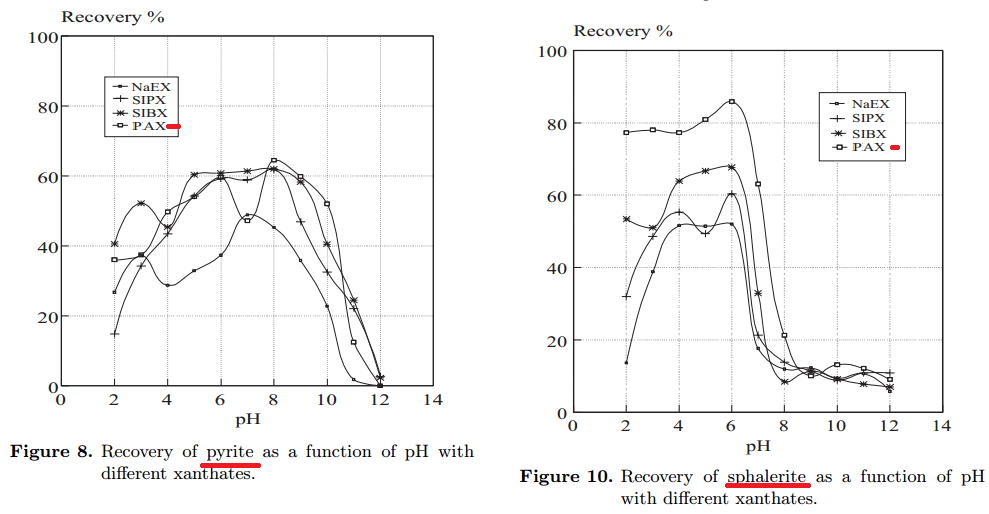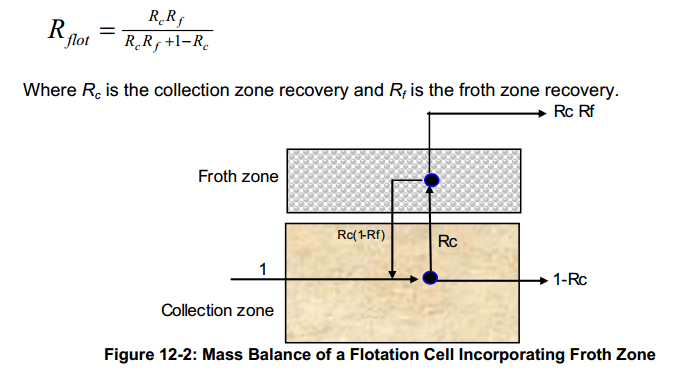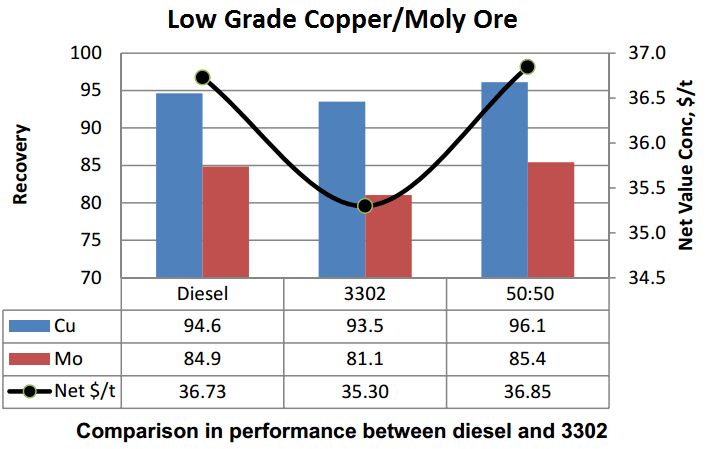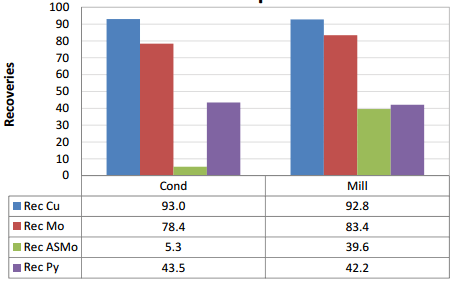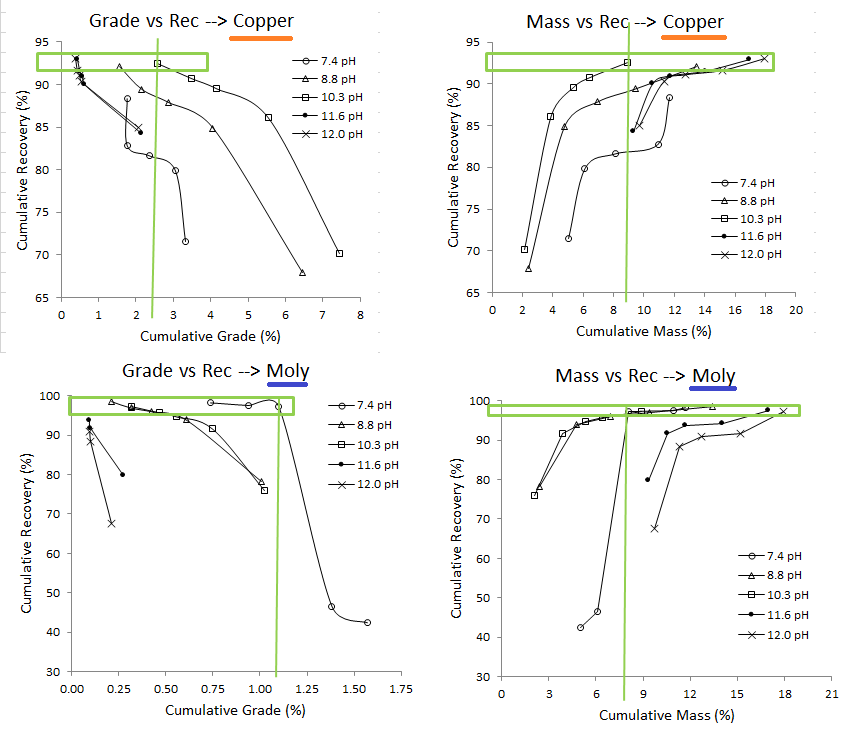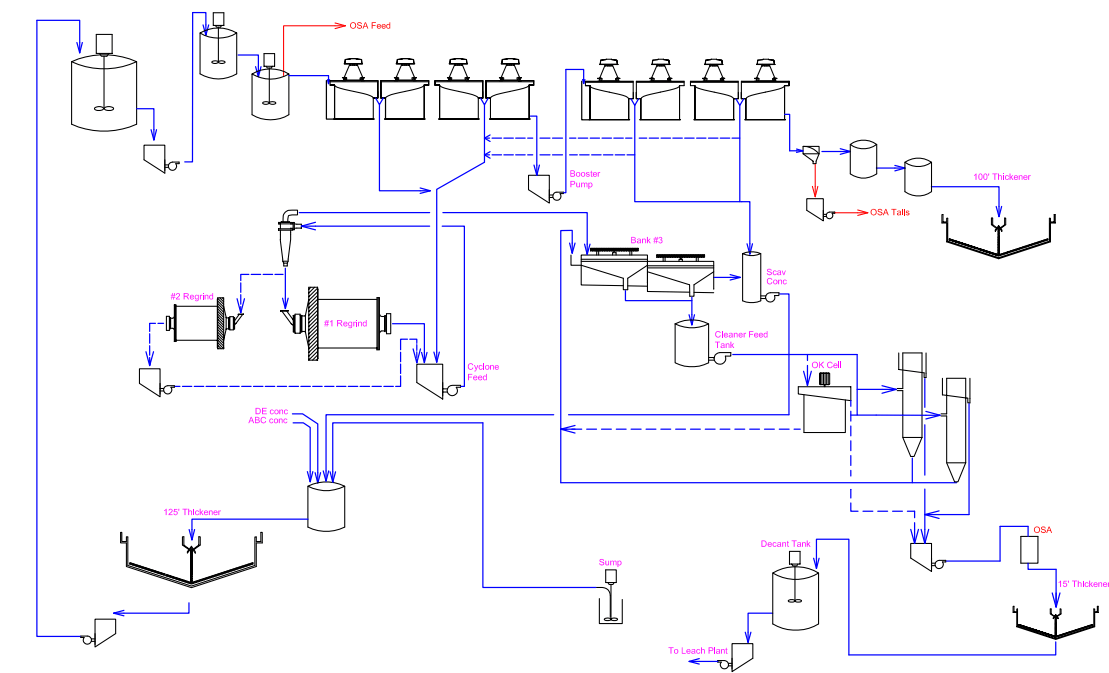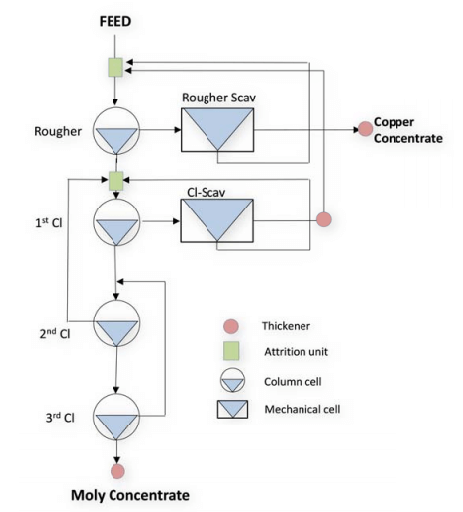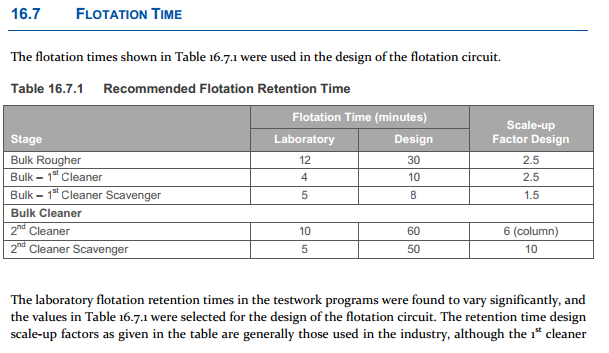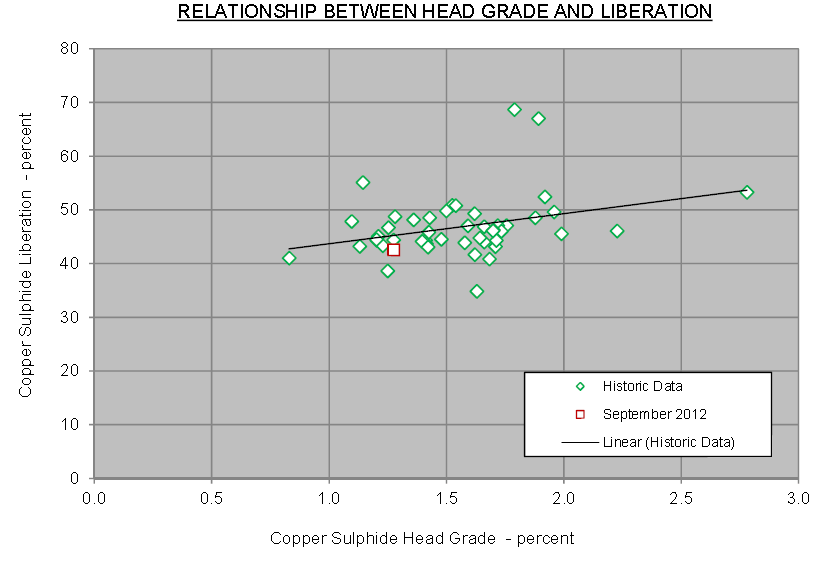Collectors Strength – Xanthate Family – Recovery Power
A little about collector strength and Xanthates: Some call it selectivity, I call it “how much do you put on”. Even the most selective collector can be rendered un-selective it you add enough. In reverse order of strength (strongest to weakest): PAX SIBX SIPX SEX Methyl Xanthate (uncommon) More about the collecting power of xanthate and … Read more

